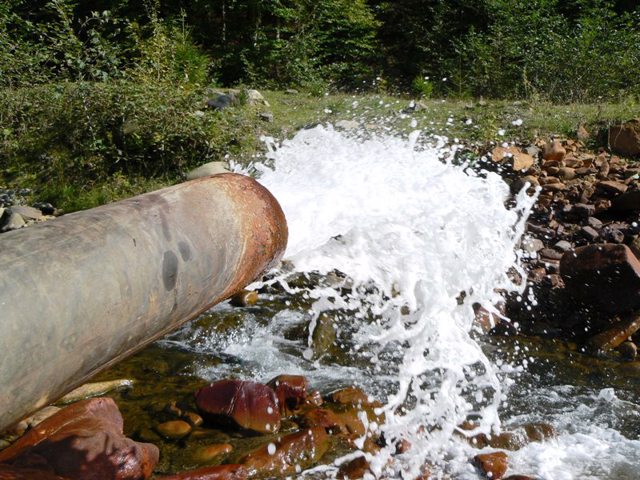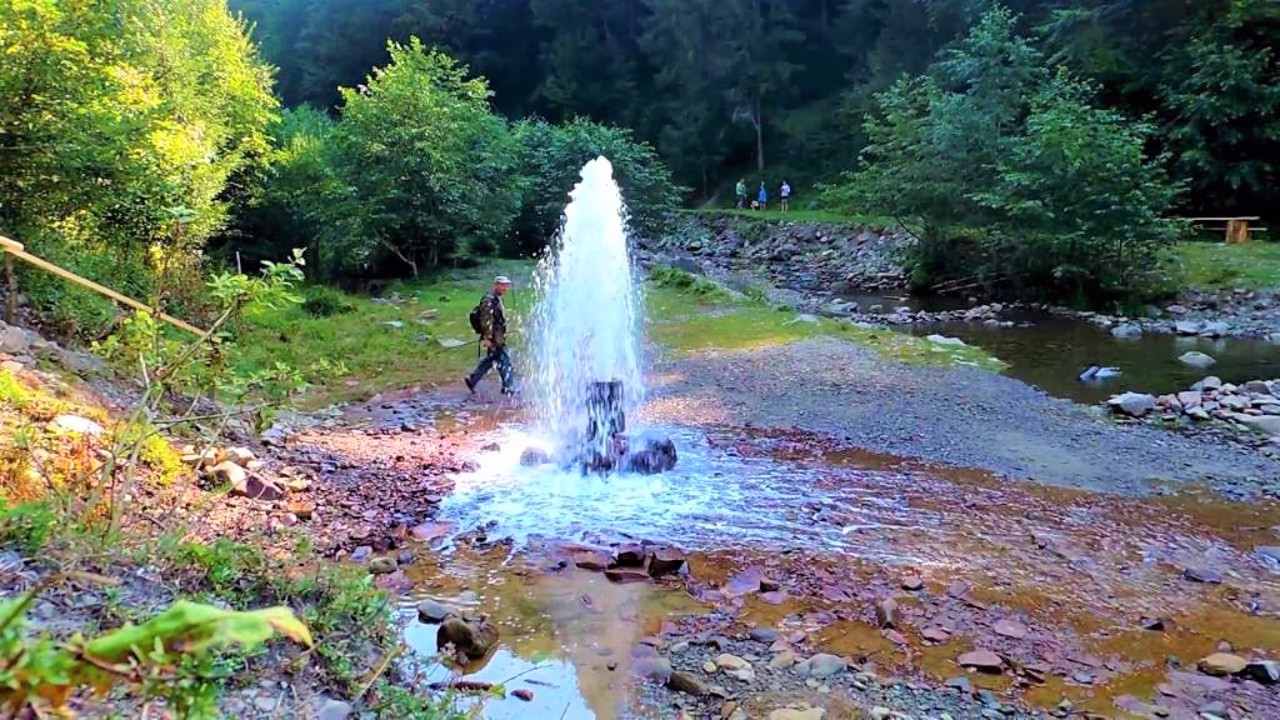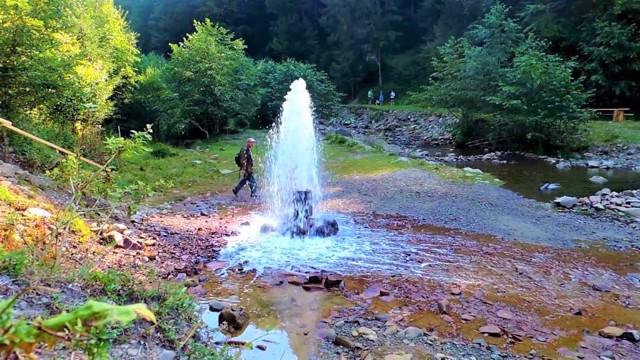Functional temporarily unavailable
General information about Vuchkove
The small village of Vuchkove is located on the Rika River 45 kilometers north of Khust.
A well-known center of beekeeping - 40 years ago, the Carpathian bee was discovered here, which is characterized by unpretentiousness and high productivity. In 2006, a monument to the Carpathian bee was erected on the territory of the apiary.
The longest bridge in Mizhhirya region is located in the village - almost 92 meters.
On the bank of a mountain stream there is a geyser of mineral water, which at a certain time gushes out in a stream up to 5 meters high.
Маленьке село Вучкове розташоване на річці Ріка в 45 кілометрах на північ від Хуста.
Відомий центр бджільництва - 40 років тому тут була відкрита карпатська бджола, що відрізняється невибагливістю й високою продуктивністю. В 2006 році на території бджільницького господарства було встановлено пам'ятник карпатській бджолі.
В селі знаходиться найдовший на Міжгірщині міст - майже 92 метрів.
На березі гірського потоку знаходиться гейзер мінеральної води, який в певний час вихлюпується струменем до 5 метрів у висоту.
Сплануй своє перебування у Vuchkove
What to see and where to go in Vuchkove
Tourist attractions and museums of Vuchkove

Geyser
Natural object
The mineral water geyser in Vuchkove is located on the bank of a mountain stream in the Petrovets tract at the entrance to Mizhhirya from the Khust side.
The water in the spring is salty, with a high content of iron, which is visible from the red-yellow-hot color of the surrounding stones.
Previously, the geyser beat upwards with a free 7-meter fountain with a constant frequency 4 times a day. In Soviet times, when the sanatorium was founded, it was enclosed in a pipe, the main flow was diverted to the river.
Currently, the geyser is again erupting vertically upward with a fountain 5-7 meters high. The periodicity of eruptions can vary from 20 minutes to several hours (on average every two hours). The duration of the eruption is about 10 minutes.
On the other side of the river there is a spring with delicious iron mineral water - "kvas".
At the entrance to the tract is a bee farm, on the territory of which the only bee monument in Europe is installed. It was here in the 1960s that the frost-resistant species of the Carpathian bee was bred.
Reviews Vuchkove
Geographical information about Vuchkove
| {{itemKey}} | {{itemValue}} |
|---|---|
| Region |
Zakarpattia |




